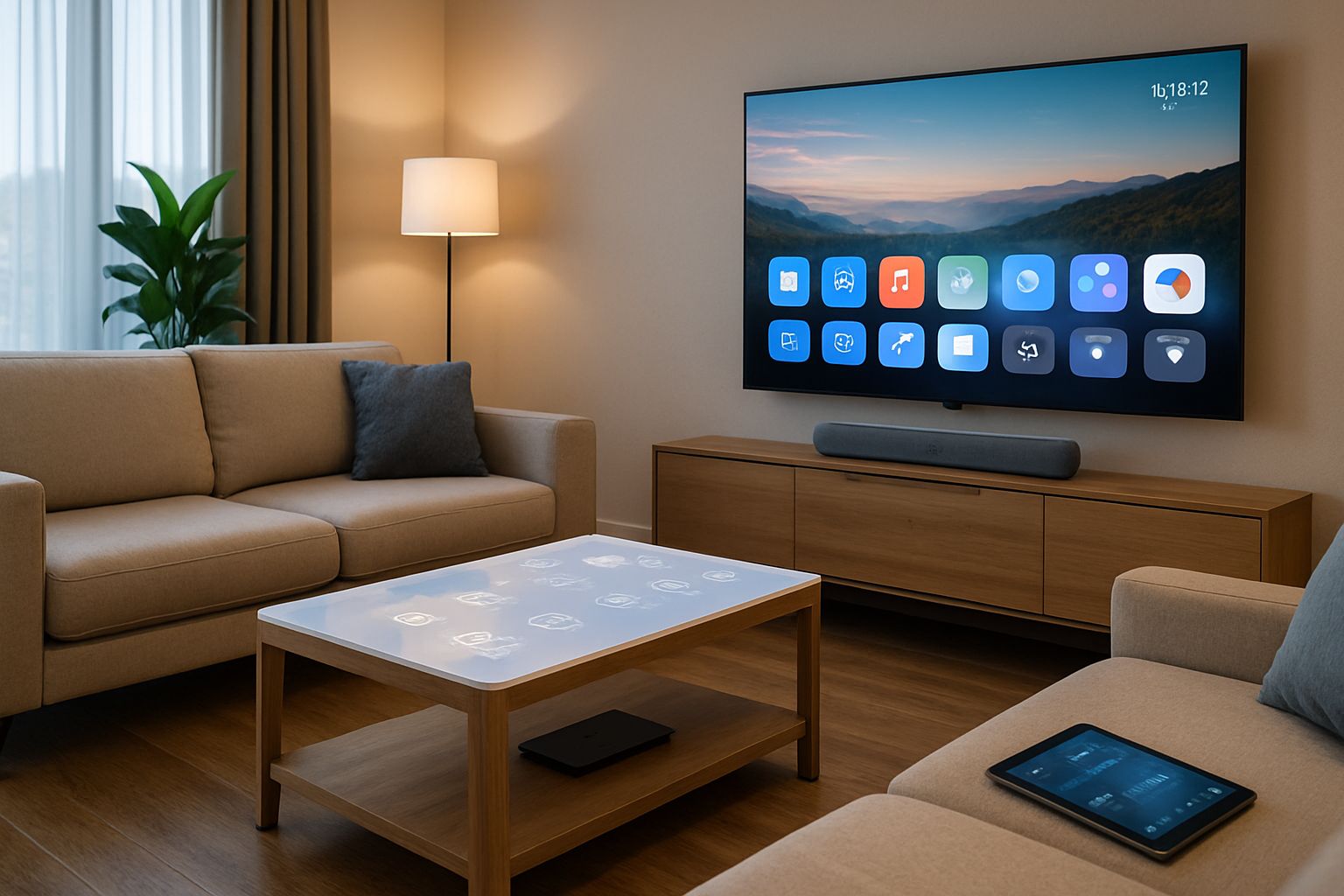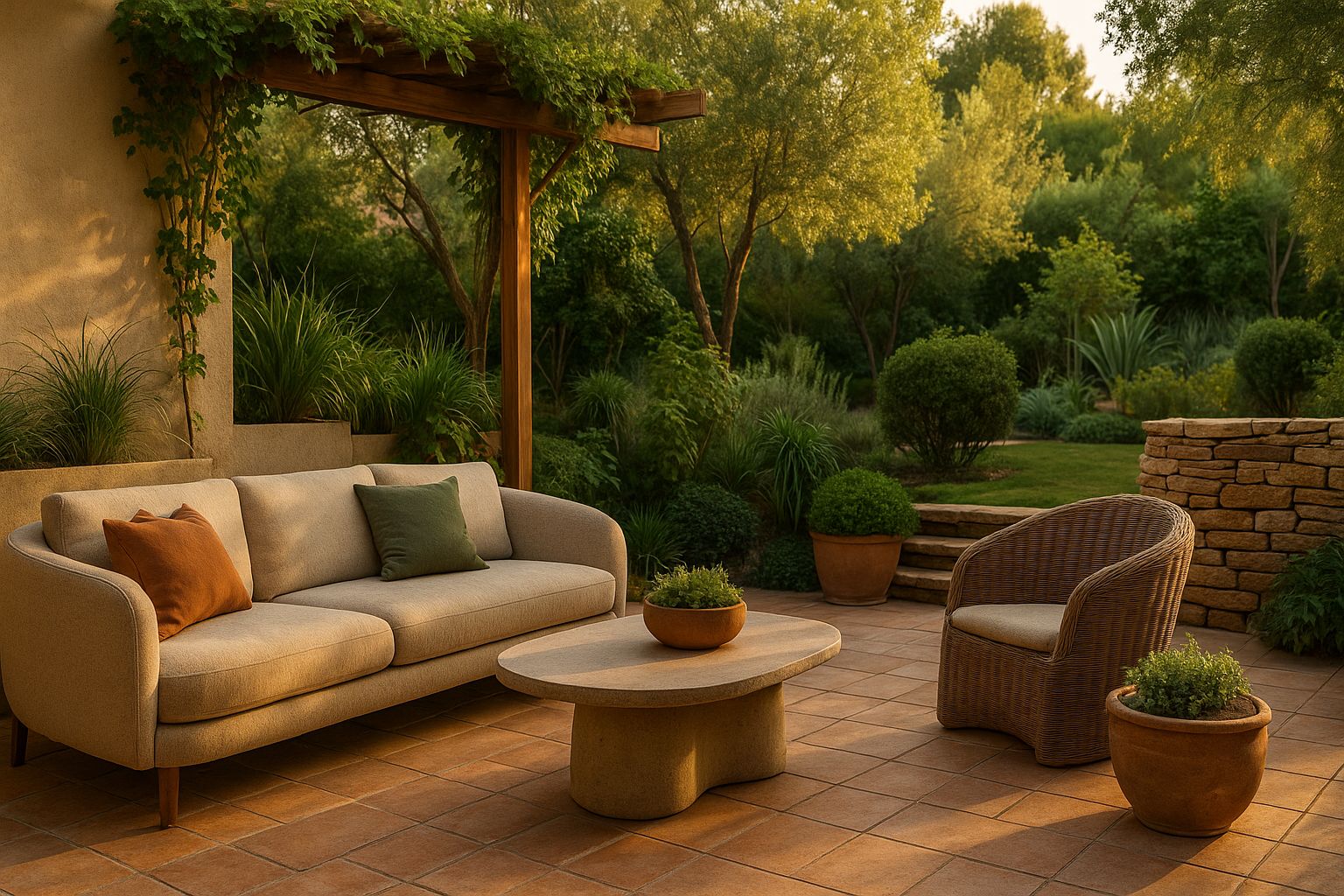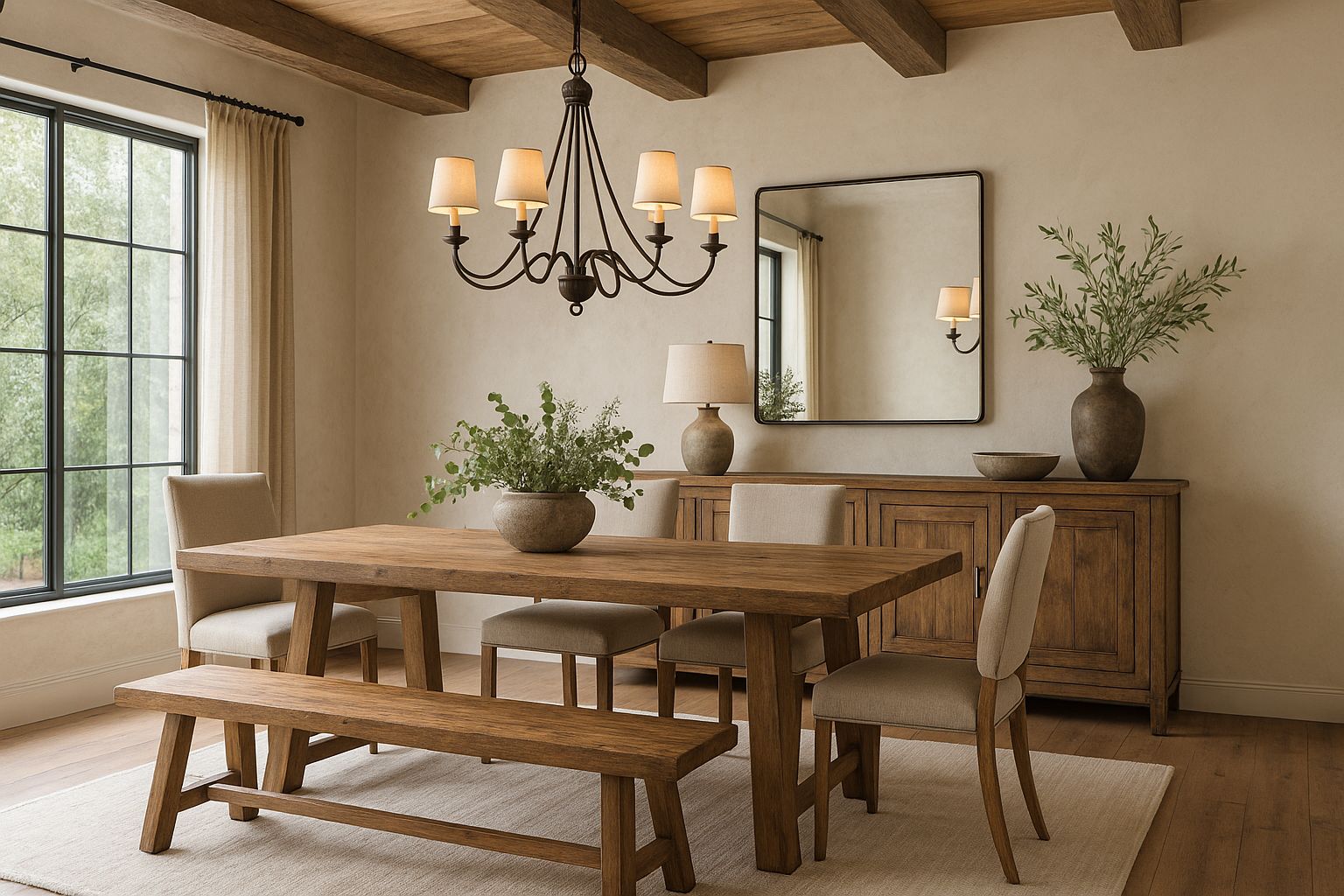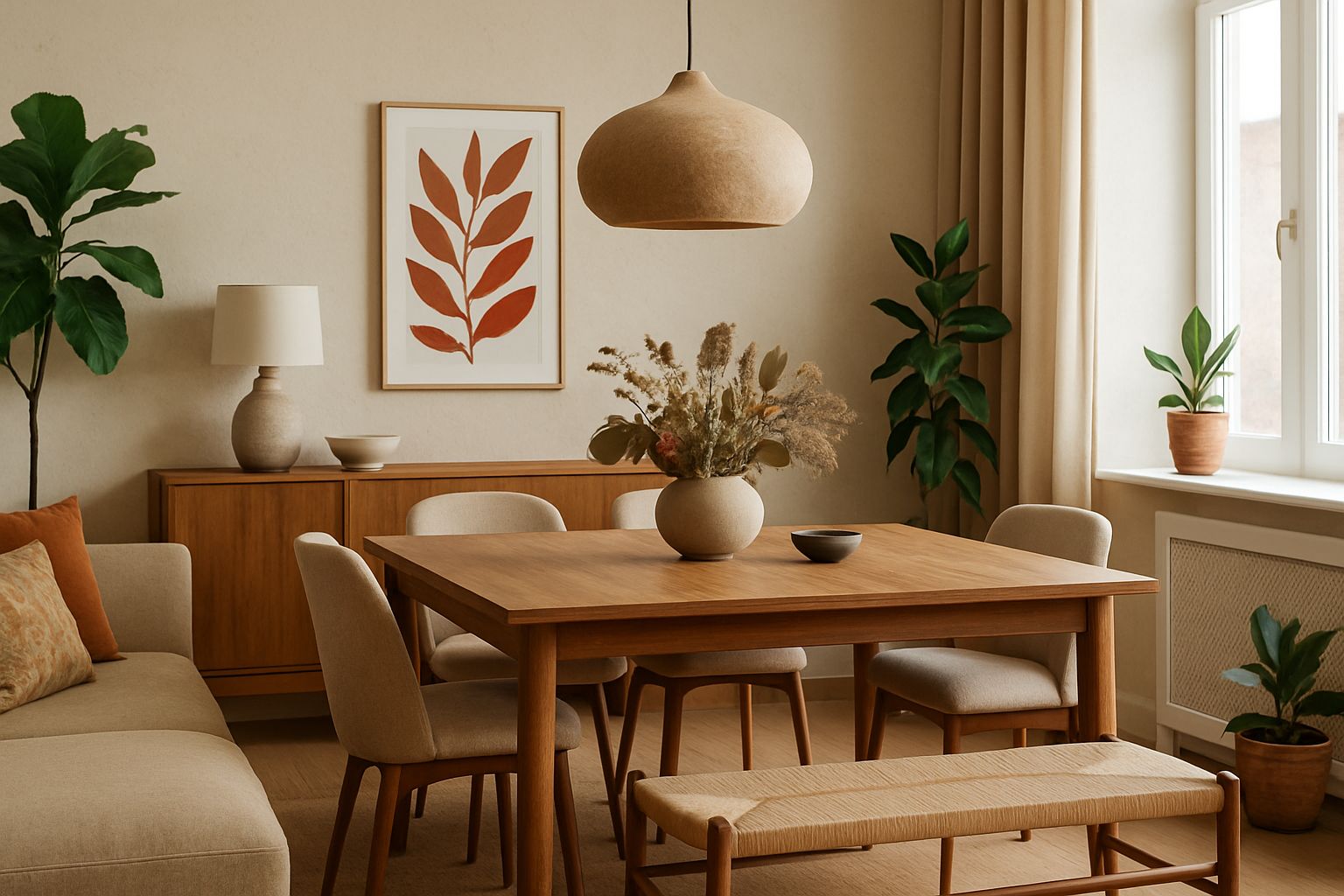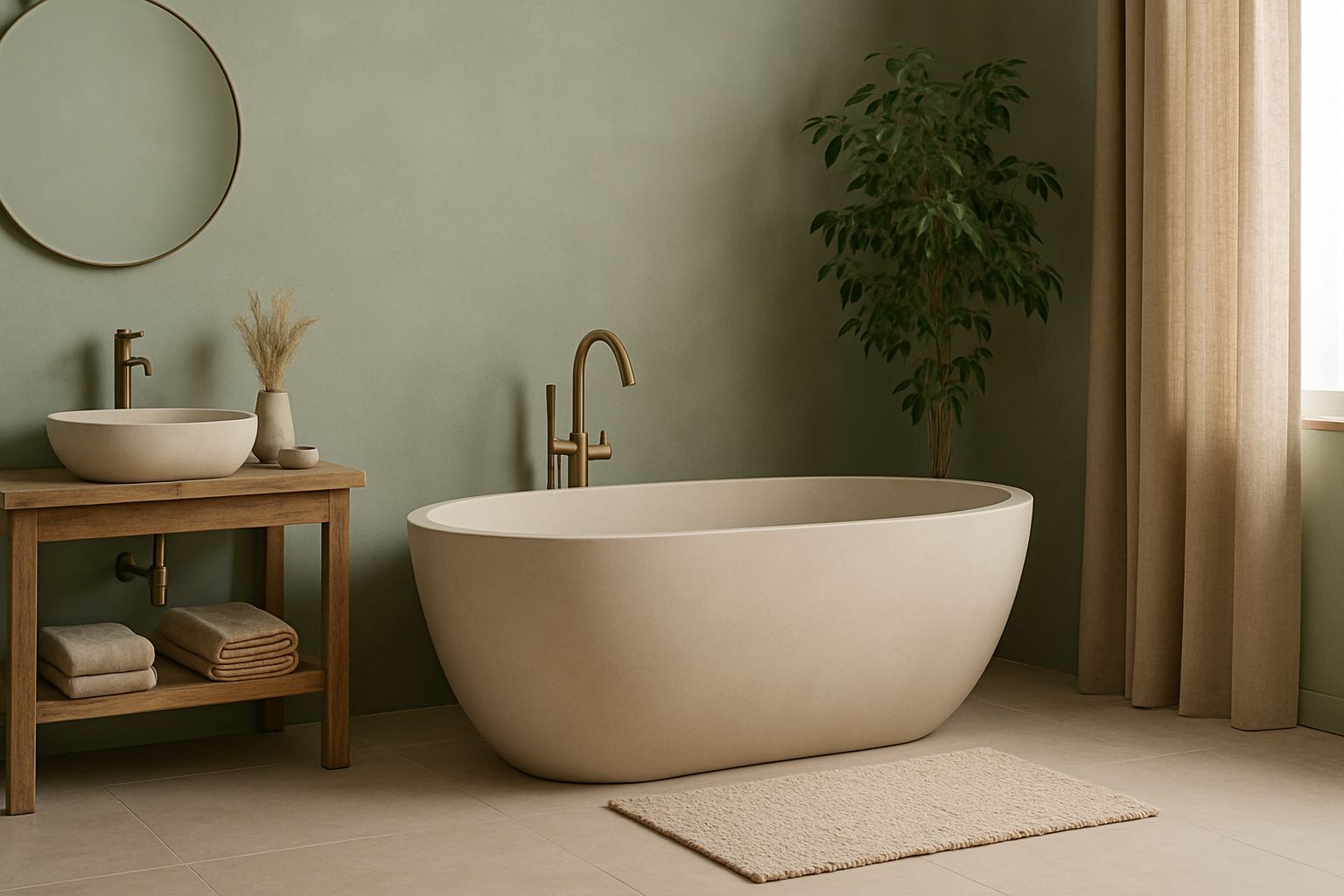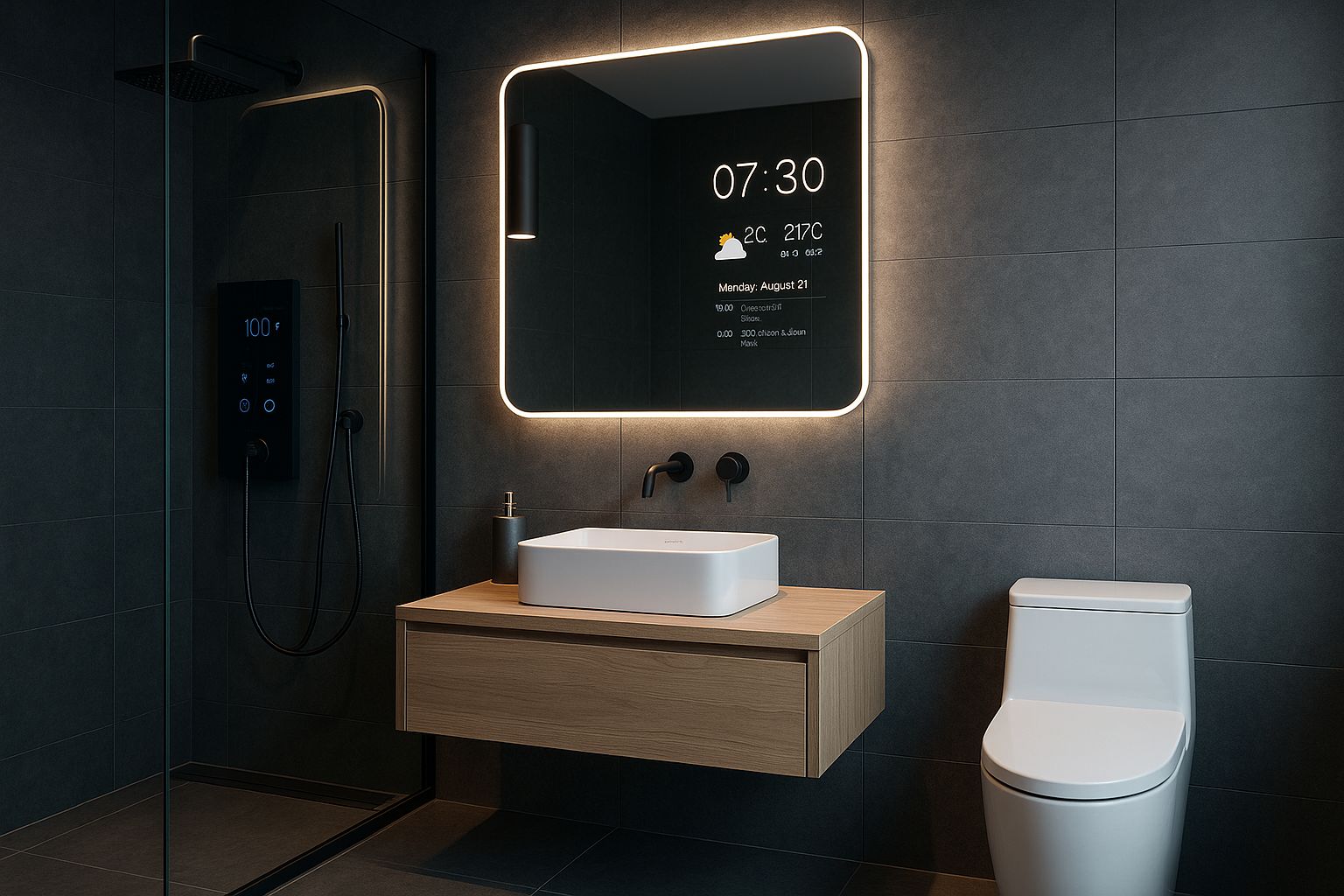The living room has long been the heart of the home—a space for relaxation, entertainment, and connection. But in 2026, it’s evolving into something far more intelligent. With the rise of AI-powered ecosystems, smart furniture, and seamless connectivity, smart technology integration in living rooms has become not just a trend, but a standard.
In this in-depth article, we explore how smart tech is reshaping the modern living room, what technologies are leading the charge, and how homeowners can create a cohesive, intuitive environment that goes beyond simple gadgets.
The Core Concept of a Smart Living Room
The term “smart living room” isn’t just about having a few connected devices. In 2026, it refers to a fully integrated ecosystem of technologies that communicate and respond to your lifestyle in real time. Think of it as an intelligent, adaptive space that understands your preferences and adjusts accordingly—without you lifting a finger.
Key Characteristics of a Smart Living Room
- Interoperability: Devices from different brands work together under a unified system.
- Context-awareness: The room adapts based on time, activity, weather, or presence.
- Minimal user input: Automation and AI reduce the need for manual control.
- Personalization: Content, lighting, climate, and entertainment adjust to user profiles.
Smart living rooms combine aesthetics with function. Instead of a screen-dominated space, we’re seeing discreet, ambient tech that fades into the background until it’s needed.
“In 2026, the most powerful tech is invisible until you need it.” — Eliza Ford, HomeTech Futures Analyst
Centralized Hubs and Control Systems
At the core of every smart living room is a central control system. In 2026, smart home hubs are no longer standalone devices; they are deeply embedded into everyday objects or operated entirely through multi-modal AI interfaces.
Popular Smart Hubs and Ecosystems in 2026
| Ecosystem | Key Features | Notable Devices |
| Apple Home | Privacy-first, seamless integration with iOS/macOS | HomePod Pro, VisionOS Panel |
| Google Nest | Context-aware routines, powerful AI suggestions | Nest Max Display 2026 |
| Amazon Alexa | Broad device compatibility, smart routines | Echo Sphere, FireView Wall Display |
| Samsung SmartThings | Smart appliance integration, cross-platform control | SmartThings Station 2 |
Control Methods
- Voice Control: Enhanced NLP allows for conversational commands.
- Gesture Recognition: Cameras and sensors interpret hand signals to adjust volume, lighting, etc.
- AI-Powered Predictive Automation: The system learns user behavior and anticipates needs (e.g., lowering blinds at sunset or cueing up a playlist at dinner time).
- Wearable Integration: Smartwatches or rings provide instant access to controls and feedback on room status.
Real-World Example: The James Family Smart Setup
The James family in Seattle uses a hybrid system combining Google Nest and Samsung SmartThings. Their living room lighting, thermostat, TV, and even couch heating are synchronized. A typical evening might involve the system lowering lights, heating the room to 72°F, and playing ambient jazz when someone enters after 6 PM—all without a single manual command.
Smart Furniture and Embedded Technology
Furniture in 2026 isn’t just ergonomic—it’s interactive, adaptive, and tech-enhanced. The boundary between décor and device is blurring as smart components are invisibly built into furniture.
Emerging Trends in Smart Living Room Furniture
- Wireless Charging Surfaces: End tables and coffee tables double as Qi2-enabled charging pads for phones, remotes, and smart glasses.
- Sensor-Enhanced Seating: Sofas and recliners with posture correction sensors, heating/cooling elements, and automatic recline functions.
- AR Coffee Tables: Interactive screens beneath glass surfaces offer media controls, game boards, or dynamic décor.
- Modular Sound Systems: Armrests with built-in directional speakers that auto-calibrate based on room layout and user location.
Market Snapshot
According to a 2026 report from Smart Home Digest, 74% of new living room furniture purchases in urban markets include some form of smart integration, and 60% of surveyed homeowners say they prioritize “tech-invisible design” in new purchases.
Notable Brands and Innovations
- IKEA x Sonos: A line of smart couches with embedded spatial audio modules.
- Herman Miller LivingTech: Chairs that adjust lumbar support dynamically based on user profile.
- CouchOS: Open-source firmware for customizing smart sofa behavior with phone apps or gestures.
Smart Displays and Entertainment Systems
In 2026, entertainment in the smart living room is not just about watching—it’s about experiencing. Display technology has taken a leap forward with ultra-thin, flexible, and context-aware screens that blend seamlessly into the room’s design.
Key Developments in Smart Displays
- 8K MicroLED Panels: Delivering richer colors and deeper blacks with virtually no bezels.
- Rollable and Disappearing Screens: Displays that retract into furniture or walls, controlled by voice or automation.
- Multi-Zone Audio Systems: Adaptive soundbars and spatial audio speakers detect viewer position and auto-tune sound zones.
- Interactive TV Interfaces: Integrated AI curates content based on mood, time of day, and viewing history.
Built-in Intelligence
Modern smart TVs come equipped with AI processors that:
- Upscale lower-resolution content to 8K.
- Adjust brightness to room lighting.
- Suggest content across multiple platforms with one unified interface.
“Our living room no longer has a TV. It has a wall that becomes one.”
— Santiago Lee, Futurist Designer at LumaTech Studios
Lighting and Ambience Control
Smart lighting in 2026 is more than brightness—it’s emotion, functionality, and rhythm. With deeper integration and improved hardware, lighting now adapts dynamically to mood, activity, and natural light cycles.
Advanced Smart Lighting Features
- Circadian Rhythm Sync: Automatically adjusts color temperature to match natural body rhythms—cool white in the morning, warm amber at night.
- Scene Customization: Pre-set lighting combinations for activities like movie night, meditation, or gaming.
- Occupancy Sensing: Lights respond to presence and movement in real time.
Most Popular Lighting Brands and Features
| Brand | Highlight Feature | Compatibility |
| Philips Hue Aura | AI mood detection lighting | Alexa, Google, Apple |
| Nanoleaf Elements 2.0 | Organic textures with touch control | Matter, Thread |
| LIFX BioGlow | Health-focused spectrum tuning | All major hubs |
Climate and Air Quality Management
Living rooms are now active participants in maintaining health and comfort. Smart climate control systems in 2026 go beyond thermostats—they monitor air quality, temperature, and humidity in real time.
Top Climate Control Features
- AI-Powered Thermostats: Learn preferences and auto-adjust for weather, time, and occupancy.
- Connected Air Quality Sensors: Detect CO₂, VOCs, dust, and allergens, triggering purifiers or window actions.
- Smart Ventilation Systems: Adjust airflow based on indoor activity (e.g., increasing during workouts or gatherings).
According to EnergyTech Global, homes with AI climate systems save up to 24% on annual energy costs while improving air quality scores by 32%.
Augmented Reality and Mixed Reality Integration
The convergence of physical and digital is reaching new heights. AR and mixed reality (MR) technologies are transforming living rooms into interactive environments for entertainment, collaboration, and creativity.
Practical Applications of AR/MR in Living Rooms
- AR Social Portals: Share experiences with friends through holographic avatars or spatial calls.
- Interior Visualization: Virtually redecorate or reposition furniture before making changes.
- Immersive Media: MR headsets project scenes across the room—expanding films, games, or concerts beyond the screen.
Top MR Systems in Use
- Meta Horizon Rooms
- Apple Vision Pro+
- Magic Leap Home
Each offers seamless integration with smart TVs, lighting, and audio, turning the entire room into an immersive canvas.
Privacy and Security in Smart Living Rooms
As connectivity grows, so do privacy concerns. In 2026, manufacturers are under intense pressure to prioritize security and data transparency.
Best Practices and Built-In Protections
- End-to-End Encryption: All smart home data is secured and localized.
- On-Device AI: Reduces data transfer by processing routines directly on devices.
- Biometric Access: Facial recognition or fingerprint scans restrict sensitive features (e.g., purchases or camera feeds).
- Guest Mode Controls: Limit what temporary users can control.
“Smart doesn’t mean surveillance. The best tech respects boundaries.”
— Priya D’Souza, CyberPrivacy Advocate, HomeAware
Interoperability and Ecosystem Compatibility
One of the biggest shifts in 2026 is the unification of smart home standards. Devices are finally playing nicely together, thanks to open protocols like Matter and Thread.
Benefits of Ecosystem Interoperability
- Fewer apps, more control: One app or interface controls everything.
- Brand flexibility: Mix and match devices without compatibility issues.
- Future-proofing: Modular upgrades allow easy adaptation without starting over.
Most Compatible Platforms Today
| Ecosystem | Compatible With | Standard Support |
| Home Assistant 2026 | 5000+ brands | Matter, Zigbee, Thread |
| Apple Home | All major smart devices | Thread, Matter |
| Google Home | Full ecosystem control | Matter, WiFi 7 |
Accessibility and Inclusive Design
True smart integration makes life easier for everyone. The best systems in 2026 cater to all abilities, ensuring that the elderly, visually impaired, or physically limited users can engage just as intuitively.
Accessibility Innovations
- Voice-Only Navigation: For visually impaired users.
- Haptic Feedback Devices: Signal alerts through touch or vibration.
- Custom User Profiles: Automatically adjust lighting, text size, and voice tone for elderly or neurodiverse users.
- Universal Design Principles: Flat surfaces, no-touch interfaces, and audio cues built into furniture and walls.
“Designing for accessibility improves the experience for everyone.” — Inclusive Spaces Journal, 2026
Future Trends and Final Thoughts
The living room in 2026 is no longer just a room—it’s an adaptive ecosystem built around convenience, health, and experience.
Where Smart Living Rooms Are Headed
- Sustainable Smart Materials: Eco-friendly plastics, recycled metals, and biodegradable sensors.
- AI-Curated Environments: Mood-based environmental adjustment powered by emotion detection.
- Quantum-Safe Encryption: As smart homes handle more data, encryption will evolve to protect from future threats.
In the next few years, expect living rooms to blur the line between digital environment and organic home. Homeowners who invest early in modular, privacy-conscious smart systems will reap the most long-term value and comfort.

